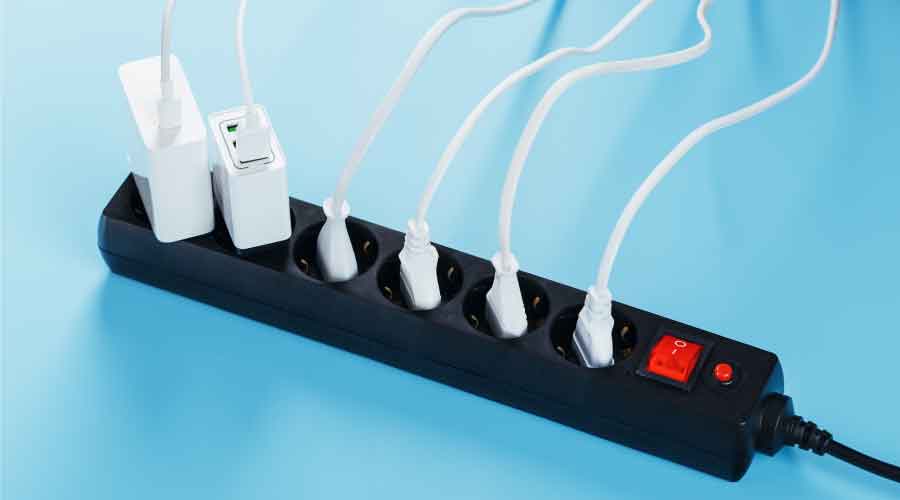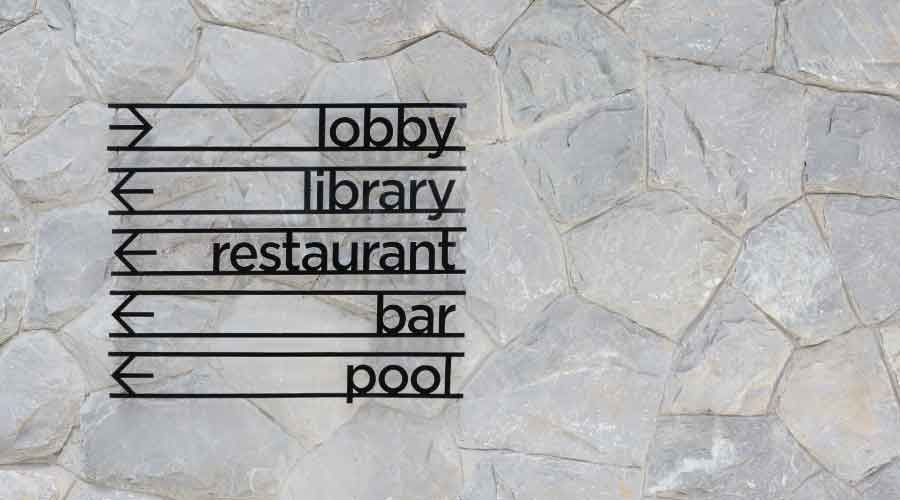
How Internet of Things is Improving Pest Control
Remote monitoring and sensing devices are providing information that will change the way pests are tracked. August 25, 2022
By Dan Weltin, Editor-in-Chief
Impressions matter and no facility wants a pest problem. Facility maintenance managers will be interested to know that the pest management industry is on the cusp of dramatic changes. Currently the technology sector has and is currently developing data-driven monitoring systems for a variety of pests.
This move to remote monitoring and sensing devices are providing information that will change the way pests are tracked, intrusions are captured, and services are performed.
During NFMT Remix in Las Vegas, Glen Ramsey, senior entomologist for Orkin Pest Control, will discuss this new technology in his presentation "Innovations in Pest Management: Remote Pest Monitoring and Sensing Technologies." Whether maintenance managers handle pest control in-house or outsource the function, by attending the presentation they can learn how the use of this technology can take a pest program to the next level.
NFMT: It sounds like Internet of Things technology is coming to pest management. How does this sensing technology work?
Ramsey: These devices vary by manufacturer and pest type, but some are using sensors to do completely remote notification and some are using sensors that report via Bluetooth when the servicing technician is nearby. Both methods are giving the professional significantly more information than was traditionally available with a standard device. This data is allowing the program to be consistently customized on a regular basis as it is needed.
NFMT: What kind of pests does this technology work on and typically what is the response time to an alert?
Ramsey: Currently there are devices to alert on rodents, flies and stored product moths. Other pests are being worked on as we speak. An alert from a fully remote system is basically instant, so the response time could be very quick. It all depends on the need and the desires of the customer on how quickly an alert is acted upon. Even if it is a low to moderately sensitive environment, the information that the devices are generating is assisting the professional to focus time and attention on the areas of greatest concern and not in areas of no concern.
NFMT: Can you give an example of a practical use case for this technology in a facility?
Ramsey: Absolutely, let’s focus on a traditional pest program for rodents. Traps are placed at intervals of approximately 25 feet around the interior perimeter and are checked anywhere from weekly to monthly. This is a technician opening each one to see if there is any activity, recording it, acting on the information and then moving on to the next one. In some facilities this take hours to check the hundreds of stations. In an IoT connected scenario, the technician quickly scans the device history for the entire facility. They know there has been an alert in stations 35 and 37 and can move directly to that spot, assess the situation and correct it. This allows them to use their time to better serve the customer’s facility, not checking the first 34 traps that have not alerted and would just be a waste of time. Now that the alerts are clear, they are free to use the remainder of their service time to inspect the interior of the facility which wouldn’t get checked very often in a traditional program. More inspection time means a better preventive program for the entire facility.
NFMT: How can the data generated from this technology enhance the effectiveness of a pest management program?
Ramsey: The data can help to isolate problems faster. It can alert to introductions before a next normal service interval. It can assist a data driven program where devices are dynamic and move around the facility as needed instead of being placed at regular intervals where they may not be needed. We have even seen them alert to issues with suppliers that have problems because the devices alerted every time the customer received an inbound shipment from them. The data timestamping allows for comparisons of active times and active areas so that a professional can deploy additional traditional control devices and resolve an introduction before it becomes an infestation.
NFMT Remix takes place in Las Vegas, Nov. 2-3, at the Paris Las Vegas Resort Conference Center. For more information, visit www.nfmt.com/vegas.
Dan Weltin is the editor-in-chief for the facility market. He has nearly 20 years of experience covering the facility management and commercial cleaning industries.
Next
Read next on FacilitiesNet












